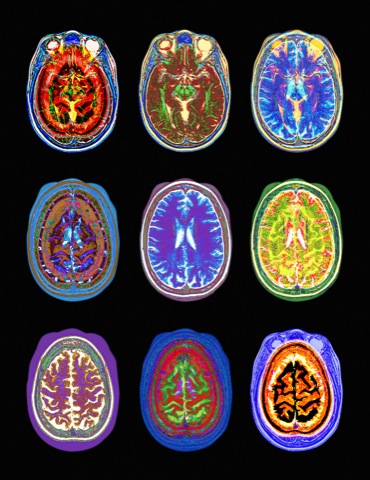Slide 1 of 4: Introduction
Author: Ronald J. Comer

Princeton University
Press the Next button to start this activity
Slide 2 of 4: 33.1 Hallucinogens and the Brain
In this video, a researcher does an experiment to determine how a low dose of the anesthetic ketamine produces hallucinations in a subject while it is affecting brain activity. As you watch the video, you will see that it is possible that the drug may weaken or modify communication between nerve cells in the brain, which results in hallucinations and mood enhancement. The video includes the work of researcher Franz Vollenweider.
- Chapters
- descriptions off, selected
- captions settings, opens captions settings dialog
- captions off, selected
- English Captions
This is a modal window.
Beginning of dialog window. Escape will cancel and close the window.
End of dialog window.
This is a modal window. This modal can be closed by pressing the Escape key or activating the close button.
This is a modal window.
Hallucinogens and the Brain
[MUSIC PLAYING]
In Zurich, Dr. Franz Vollenweider is studying how low doses of an anesthetic called Ketamine can affect the brain.
Ketamine can enhance your mood, it can give you feelings like euphoria, it changes all the sensory modalities. You can, for instance, hear vision, or you can visualize things that you can't see. That first, you have illusions, then maybe you have hallucinations. You can see things that do not exist in the real world.
Whoa. Wow. Now it's coming.
It's coming now.
Yeah, definitely taking off.
Are you able to close your eyes and focus on your inner experience?
On my what? Inner experience?
[DRIPPING]
The challenge for any theory of consciousness is to explain how minute doses of an anesthetic can produce such distorted experiences.
Yes, everything is very different than usual. The visuals effect, and the audio effect, they are connected.
They're melted.
Yeah, they're melted. So I am by a--
Is your vision a more auditory experience, and vice versa?
Yeah. One gives the other food. That's it.
As I see it, the inputs from his senses would normally dominate his brain, creating a large spreading wave of nerve cell activity. The drug might weaken the signals coming from senses, leaving a hectic jumble of smaller ripples of activity, spontaneously generated in the brain, producing hallucination.
A movie in a movie in a movie, or a box in a box in a box, or whatever. I had this experience like I was-- space was controlling-- no. My brain was controlling my brain was controlling my brain, anyway.
Volunteers have been scanned while they're hallucinating. Over several minutes, a slight change in activity shows up in front of the brain. But this time frame is too long. Consciousness is too fleeting for the subtle and transient changes in cell activity to be detected by this kind of approach.
We think that Ketamine directly interferes with the communication between nerve cells. And on the Ketamine, this communication is changed. Some cell communication is blocked, even. And Ketamine may lead to new assemblies between the nerve cells, so that a different kind of network gets established on the Ketamine that is normally not working in that way.
And according to your experiences, what do you see?
Oh, what I did today, yeah, I traveled through the galaxy.
Slide 3 of 4: 33.2 Check Your Understanding
Slide 4 of 4: 33.3 Activity Completed!
Activity results are being submitted...